Do you run a dentistry, orthodontist practice, or similar business?
You know more than anyone that it can be tough to get patients and get ahead of the competition.
But, there’s one guaranteed way to book more patients and stand out.
It’s through copywriting.
Good dental copywriting will improve your brand, inbound leads, and so much more.
That’s why I’m going to teach you how to write bulletproof sales copy in today’s article.
What is dental copywriting?
Alright. Let’s get back to the basics.
In case you’re unaware, copywriting is the art and science of using words to sell, inform, and persuade.
It’s a mix of psychology, strategy, linguistics, and many practices all at once.
A book can’t teach you it.
A course can’t teach you it.
Yes, they will give you concepts. But, nothing teaches you more than writing for many years.
Thus, a dental copywriter is someone who is able to write material (sales copy) for dentists and related practices.
Exceptional copy drives sales, draws emotions from customers, and makes a far larger impact than the boring and average writing you see everywhere.
Let’s avoid that and make some money.
How? by applying the dental copywriting tips I’m laying out ahead.
Why do you need a dental copywriter?
Want to outsource your sales copy so you can get back to growing your practice and developing client relationships?
Great.
Then you need a dental copywriter.
They are a priceless investment for any dental business looking to accelerate growth, increase brand awareness, and delegate work.
Let me elaborate.
Referrals and word of mouth only go so far
Most businesses rely on referrals and word of mouth to grow.
Hey, I’m not knocking it.
I’m just saying that your business is better off creating a marketing engine.
…Something that generates leads and new business no matter what you’re doing.
Marketing and customer acquisition becomes measurable. 👍
You will know where customers are coming from, how much they cost, etc.
That’s where copywriting and content writing comes into the picture.
I help my clients generate traffic, leads, and revenue through effective writing.
On one hand, you have sales copy.
You need a talented dental writer like me to write your ads, brochures, web pages, and other material.
This ensures they drive the highest possible conversion rate, phone calls, and opportunities.
On the flip side, you have my bread and butter which is SEO content writing.
I write long-form data-driven content for my clients that rank on the first page of Google.
This drives large amounts of organic traffic to your website that converts into leads.
Everything in your business is made up of sales copy
Emails … web pages … billboards … you name it.
What do all of these things contain?
Sales copy!
It’s easy to forget how much of what we do every day is copywriting.
Hiring a skilled copywriter will increase the performance and ROI of many facets of your business.
Here are some examples:
- Service pages: Odds are (from my experience), your service pages are going to be bland and uninspiring. Sure, they communicate what you do and how it works. However, they don’t get any emotions boiling in the reader or promote action. I can fix your web pages to ensure they generate the most amount of clients. I will also engineer them from an SEO perspective to rank much higher on Google and beat the local competition.
- Email newsletters: Emails are an amazing way to keep in touch with clients and your subscriber list. Dental copywriter like myself can write emails that have the highest open rate, reply rate, and click-through rate possible.
- Blogs: Is your practice’s blog barren like the desert or barely updated? No problem. I can write you weekly or monthly content that brings high-quality users to the website and gets them to contact you for services.
The best part? That’s just scratching the surface.
Focus on your strengths, not your weaknesses
Are you good at writing copy?
It takes years of studying and practicing to drive significant results.
Dentists, orthodontists, and similar professionals are better off focusing on their craft and outsourcing sales copy.
Get back to the work that excites you and matters to customers.
Contact me if you need a dental copywriter for hire. We can have a free consultation call to talk about growing your business.
One thing I hear from my clients all of the time is that they appreciate the headaches and time I’ve saved them.
They don’t want to write copy. They don’t care for it. They have better things to do and so do you.
1. What do your customers really want? It’s probably not what you think.
Let’s say that customers are coming to your practice for braces, veneers, or other similar dental service.
Yes, they want the feature which is a new smile, straighter teeth, whiter teeth, etc.
But, they are not buying it for that reason.
They are purchasing a product like that for the emotional benefit it will bring them.
Dental health is directly associated with confidence, self-esteem, and happiness.
I’m sure you’ve changed people’s lives by giving them a new smile.
That’s why dental copywriting needs to elaborate on the bigger underlying benefit the services will cause.
Talk about how they will love themselves looking in the mirror.
…Feel confident about their appearance.
…Never want to hide their teeth again.
You get my point.
In particular, bring up emotional situations and scenarios that they’ve lived like not being able to smile.
This will seize their attention, create an emotional reaction, and whaddya know? Your services are the solution! 🙂
Here’s an example from a Yorkville cosmetic dentist:
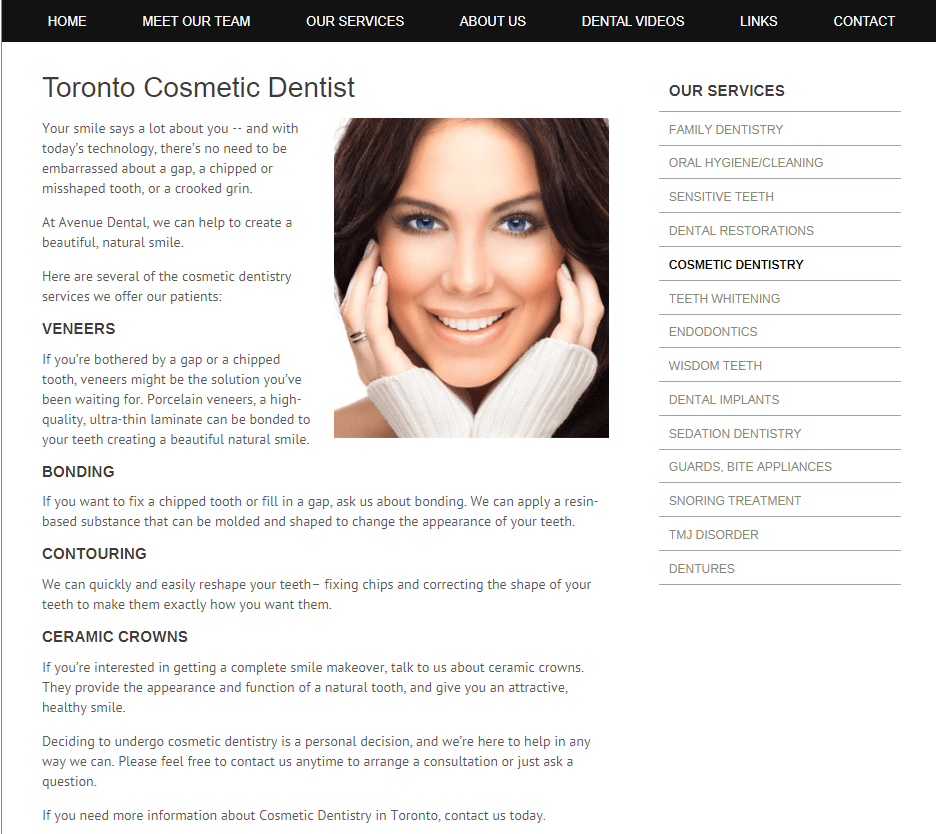
It begins by empathizing with readers situations saying “there’s no need to be embarrassed about a gap, a chipped or misshaped tooth, or a crooked grin.”
This helps the reader understand they’re in the right place while creating that emotional reaction I mentioned earlier.
Afterward, copy is written about the benefits of the individual services and how it will improve the life of the patient.
2. Expensive products = more copy required
There’s an age-old copywriting axiom that cheaper products require less copy and expensive products require more.
This is true from my eight years of experience as a copywriter.
People want to generally know more about a product with a hefty price tag.
Consider this matrix to understand the concept:

Every detail, feature, benefit, and policy should be laid out so they can make an informed purchasing decision.
Something cheaper doesn’t require much writing since it’s low risk.
That’s why dental services (which are expensive) require long and very strong material.
If it’s weak, people will leave your website or won’t engage with promotions like ads or direct mail.
3. “Images are salespeople” – Claude Hopkins
Claude Hopkins, one of the world’s greatest advertisers, believed that images were a natural part of advertising.
They reinforce sales copy and make points stand out.
I agree.
And, dentistry (and similar businesses) are the perfect fit.
Think about it…
If you display photos of people smiling, confident, and happy, what do you think potential customers are going to think?
That they will be that person if they buy your services.
Naturally, you’re going to want to use targeted photos on your website, landing pages, and promotional material that match the copy.
Here’s an example from a before and after page:

Patients see the results they can expect, acting as social proof.
4. Get a flood of patients with SEO
Some companies rely on referrals, walk-ins, and similar strategies.
Yes, they work. They will forever.
However, who doesn’t want something more predictable, measurable, and up to date?
Welcome to SEO or search engine optimization.
This is the practice of optimizing your dental website for engines like Google.
Doing so will get you ranked on the first page, seen by more people, and that means more patients. 💰
Here’s how:
Keyword research and placement
A keyword is a single word or phrase that you strategically target.
For instance, it might be “New York dentistry” or “Yorkville veneers.”
This helps your practice be found for the right searches.
Sounds great, right?
The first step is to discover these terms and place them in the right areas of your website.
I suggest using a tool like LSIGraph.
It will give you semantically related keywords and metrics.
Enter a keyword related to your practice and hit “Generate.”

This will bring you to the following page:

The left lists keyword ideas, their search trends, and metrics like volume.
Ideally, you’d target search terms will less competition and high volume.
However, a good mix is always effective.
The right side is the top performing content for those keywords.
Study competitors to see what strategies and other keywords they’re using to improve your own campaigns.
Note good keywords in a separate file, spreadsheet, or expert them via the “Export Keyword” button.
You’re probably thinking, “Where do you use these?” and these are the main places:
- URLs
- Page titles
- Meta descriptions
- Navigation links
- Header tags
- Within page content
- Image alt text
- File names
Ideally, you target specific keywords for each page you have on a website.
As Platonik discovered in a 85,000-keyword study, 92.4% of keywords have buying intent.
That’s why I recommend your practice leverages search terms that include words like:
- Best
- Top
- Affordable
- Review
- Buy
- Nearest
- Cost
- Pricing
This will attract users who are more likely to convert.
User experience and site structure
Google’s algorithm isn’t as archaic as it once was.
A few years ago in the stone age of SEO, content and backlinks ruled everything.
If you had really great content and a lot of websites linking to yours, you dominated the front page.
You were unstoppable.
But, then things changed.
Google released RankBrain, their prized algorithm update that focused on user experience.
A.K.A how easy and enjoyable a person can interact with your website.
After all, search engines want to offer users the best possible experience which includes things like:
- Page speed
- Structure
- Accessibility
- Navigation
- Information
- Etc.
So, how of you ensure that you tick off all of these things?
Simply run your website through an app like Uptrends.
Enter your URL and choose a location. You can also select desktop or mobile.
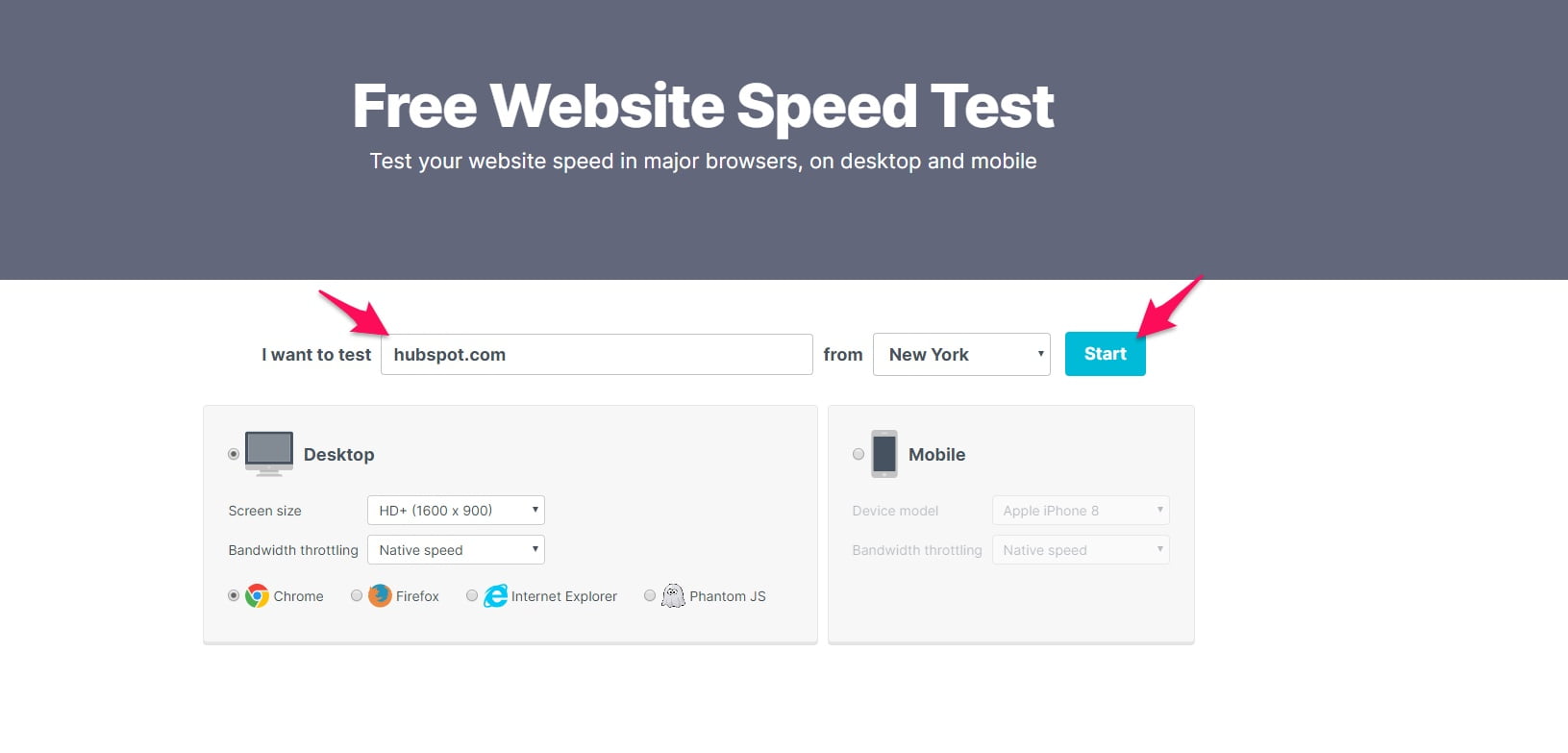
Click “Start” and it will analyze your website to produce findings like this:
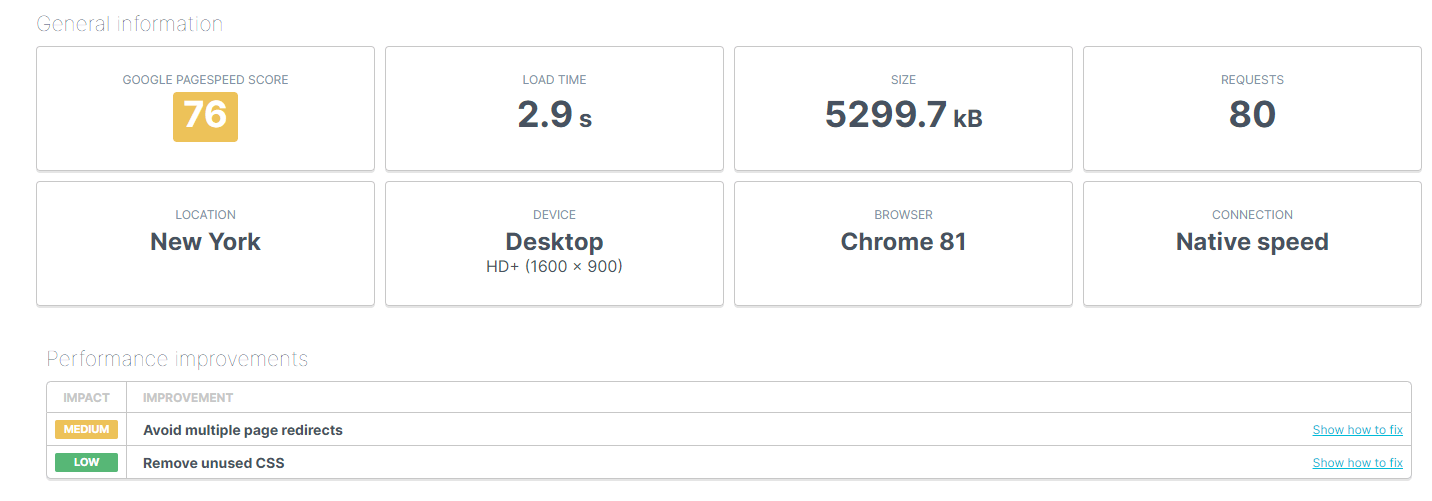
Optimizations like removing unused CSS, resizing images, caching, and others can be achieved through plugins and apps.
However, feel free to consult with your IT team to determine the best approach.
In general, a load time below two seconds is ideal.
Other things you should adjust for user experience and SEO include:
- Schema markup
- Open graph data
- GZIP compression
- Image compression
- Browser caching
- HTML, CSS, and JS minification
That brings me to my next point.
Offer tools and calculators
There’s a bring trend right now in content marketing and SEO.
Do you know what it is?
No, it’s not blogging.
…Or YouTube.
…Or podcasting.
It’s tools.
Have you noticed that many websites offer calculators and similar apps?
Yeah, it’s because they work.
Websites are skyrocketing their traffic to the moon and back with this strategy.
Heck, look at this dentist’s website with a calculator:
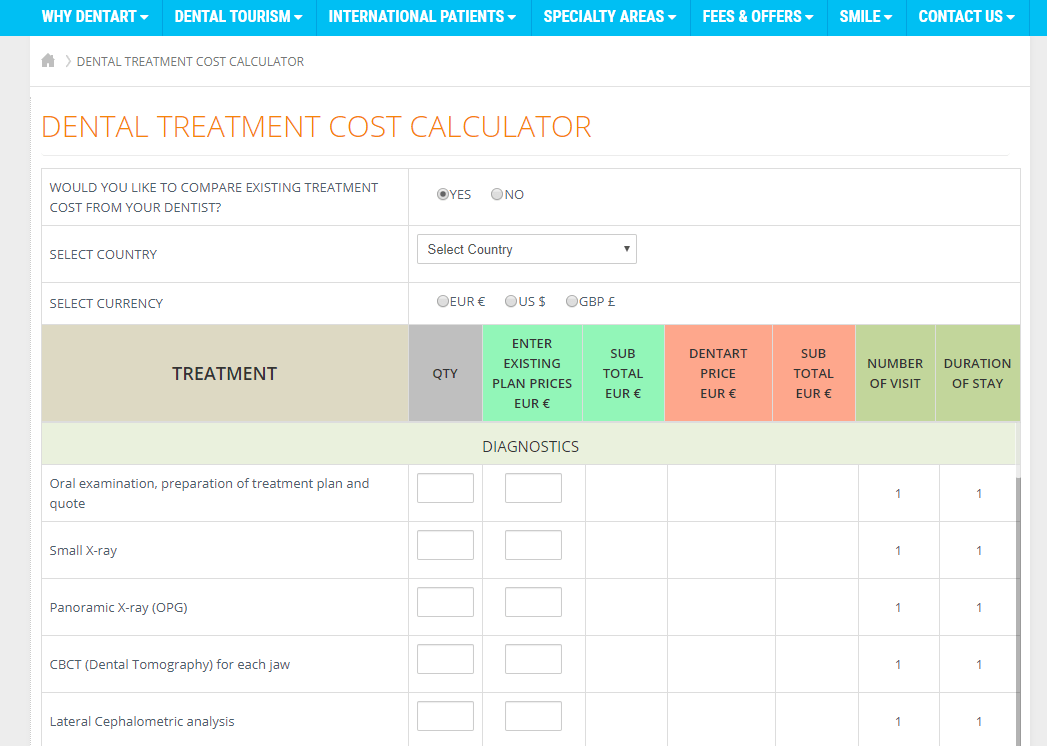
This gives their website users a rough estimate of how much it will cost to work with them.
Much better than guessing or needing to spend time visiting an office, right?
Additionally, other websites will link to your tool boosting rankings in search engines.
Here’s the good news: you don’t need to know how to code or hire a developer that costs thousands of dollars!
All you need to do is visit this website called CodeCanyon.
Search for something contextual like “Dentist.”
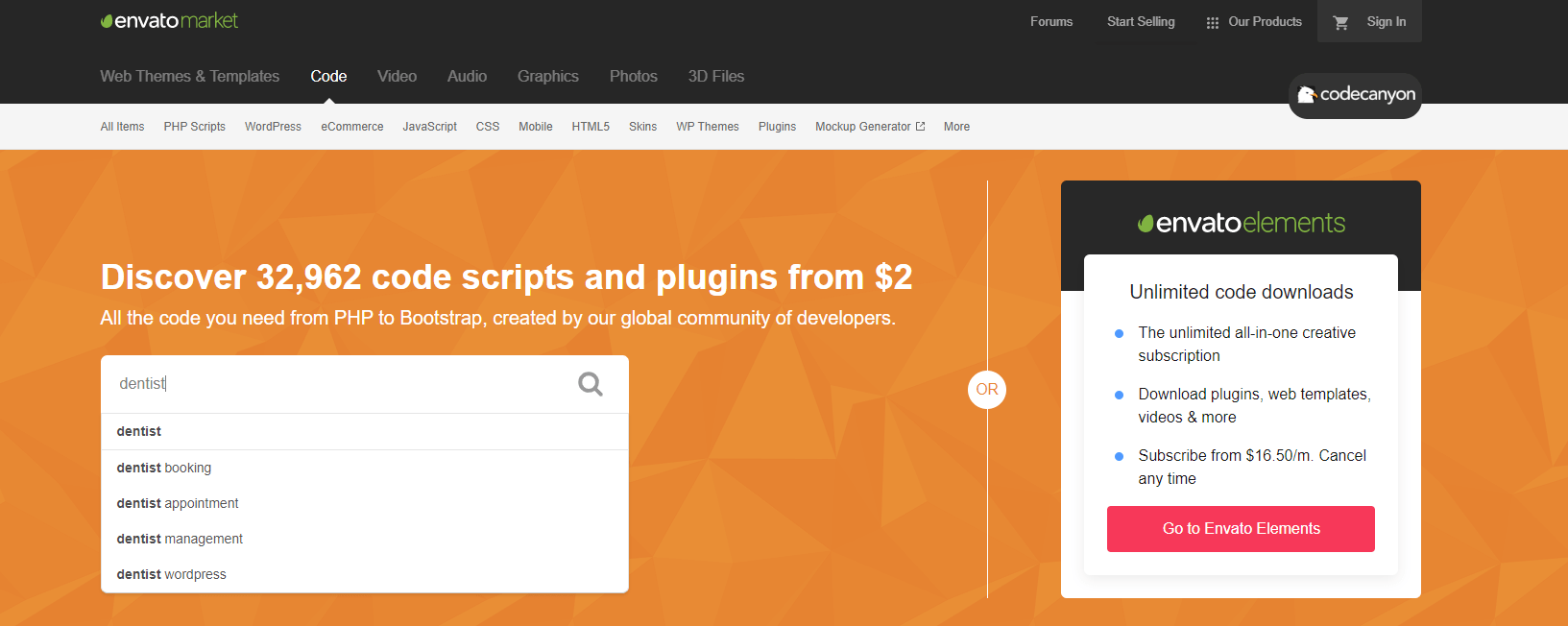
You’ll see results like this:
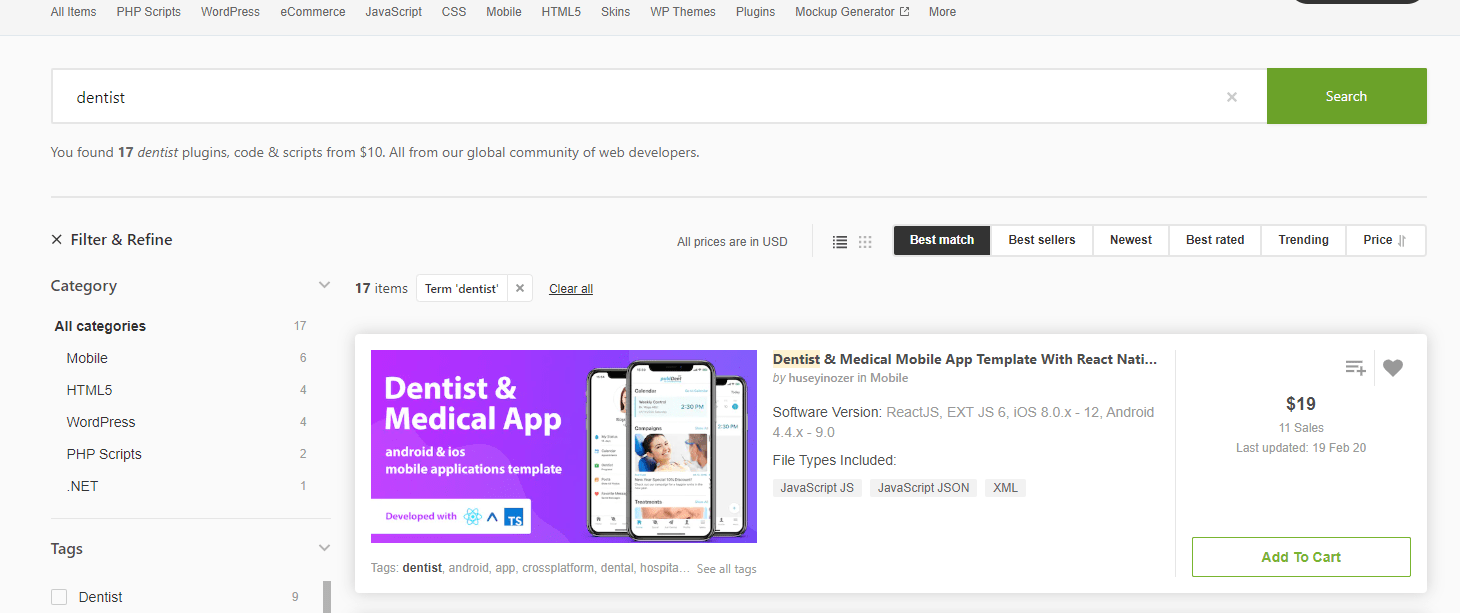
You simply spend the $20–40 and plug it into the backend of your website.
Granted, if you’re not the biggest geek you may have to hire someone for an hour to do this or hand it off IT.
5. Get the mandatory pages down pat
Last but not least, make sure that you have the most important pages and information on your website,
They include the following:
Home page
The homepage is at the top of the funnel.
It should bring awareness to customers and push them further into your website for more information and chances to convert.
Here’s the entire marketing funnel for reference:
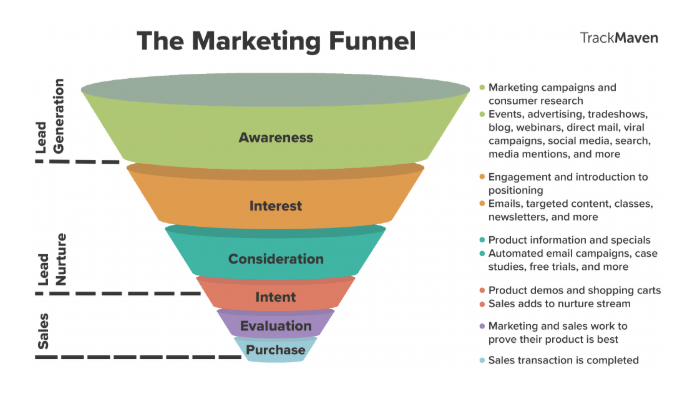
I once read a book called The Conversion Code which is centred on optimizing landing pages and web pages.
One of the core tenants is giving every page one purpose.
So, your homepage shouldn’t have a billion different things going on.
It’ll be confusing. People will be less likely to take action.
Use it to summarize your practice, who it’s for, and what services are offered.
It also needs contact information or a form.
About page
The about page is a tricky place.
Most people get it wrong.
Not just dentists.
You see, about pages aren’t supposed to be entirely about you.
It’s kind of ironic, huh?
You’ll notice that great dental sales copy is all about the customer, their primal emotions, and desires.
That’s why great about pages also have a big focus on what the business does for the customer.
Check out this about page to see what I mean:
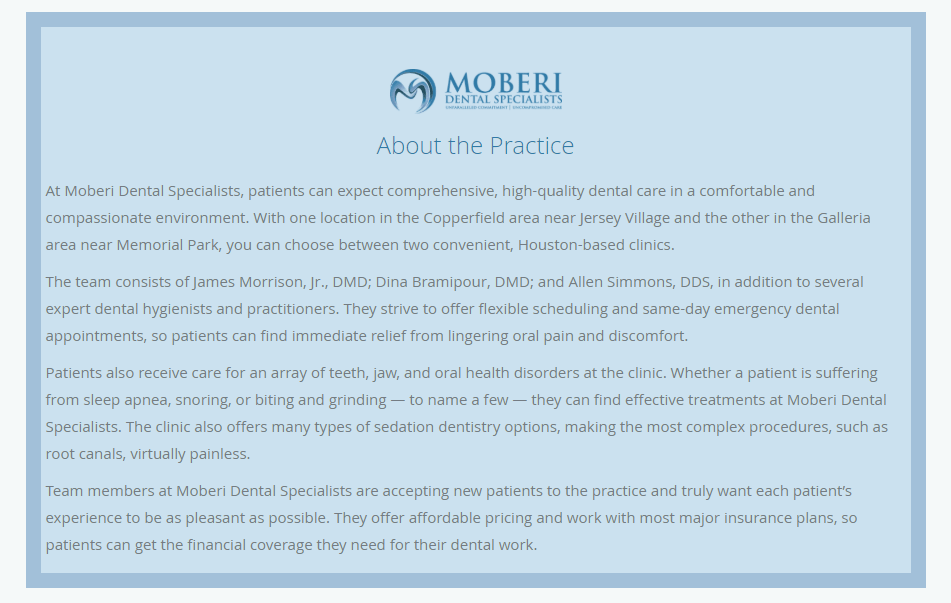
Replicate this copy by giving an overview of your awesome services and how it will change patients lives.
Service pages
This is perhaps the most important page on your entire website.
It’s why people are considering your dentistry in the first place.
Boring copy = less patients.
Exciting copy = more patients.
It’s simple.
Luckily there’s one main technique you need to master unless you want to hire a copywriter like me.
It’s called features versus benefits.
Don’t just talk about that you prepare veneers, fill cavities, and so forth.
They already know you do that!
Elaborate on how they’re going to be confident, happy, pain-free, and all of the primal reasons they are truly coming to your practice.
That will make your phone ring off the wall!
FAQ page
The more complex the product or service, the more questions customers will have.
It only makes sense.
That’s why an FAQ page is so powerful.
You don’t have to bombard secretaries or assistants with constant questions when all of them can be solved online.
This also frees up phone calls for the most important conversations. (Like someone booking an appointment!)
This is an FAQ page from a dental website for illustration:
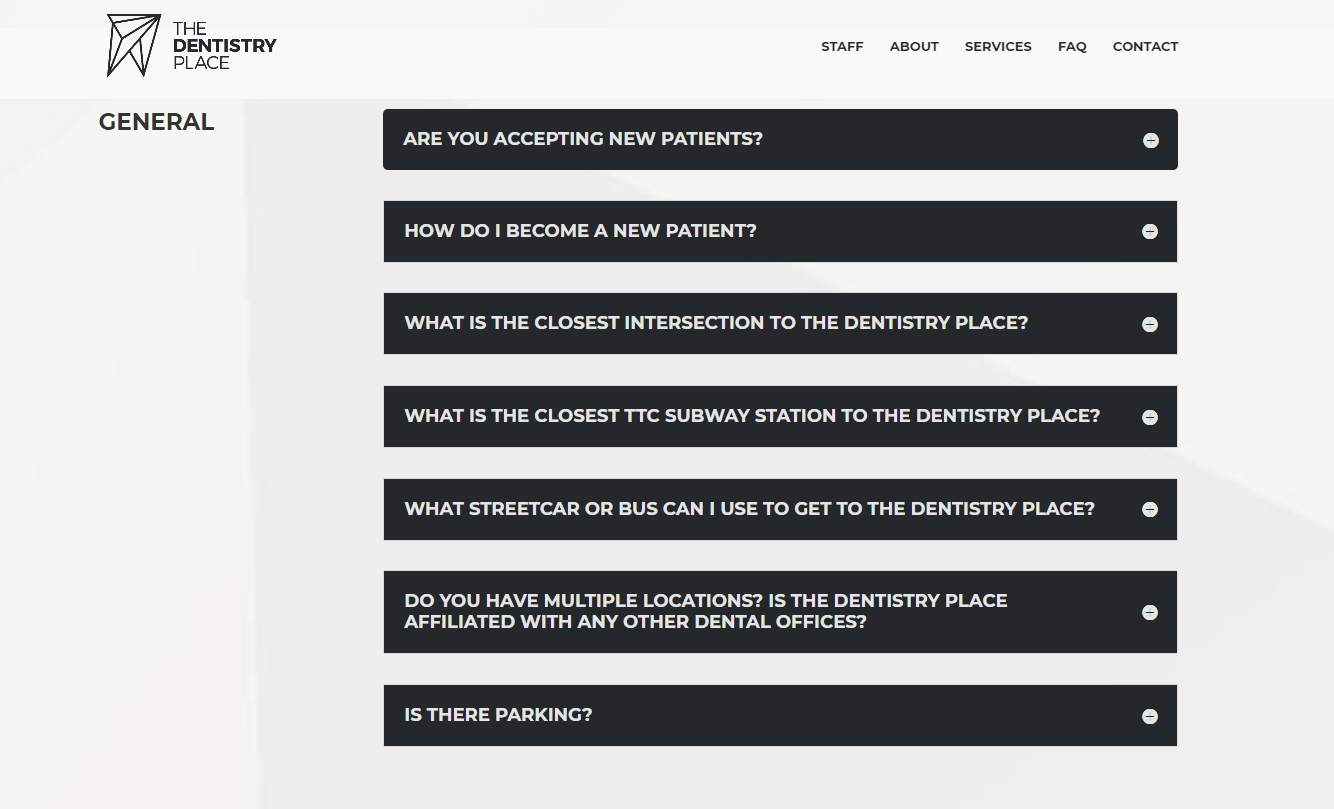
Note how it includes questions about getting an appointment, parking, locations, and more.
Think of everything your customers have asked you in the past and include that in an FAQ page.
Better yet, ask them via a questionnaire to get direct feedback.
Contact page
Last but not least, contact pages are relatively simple.
They should have all of the necessary information like an email, phone number, and physical location like so:
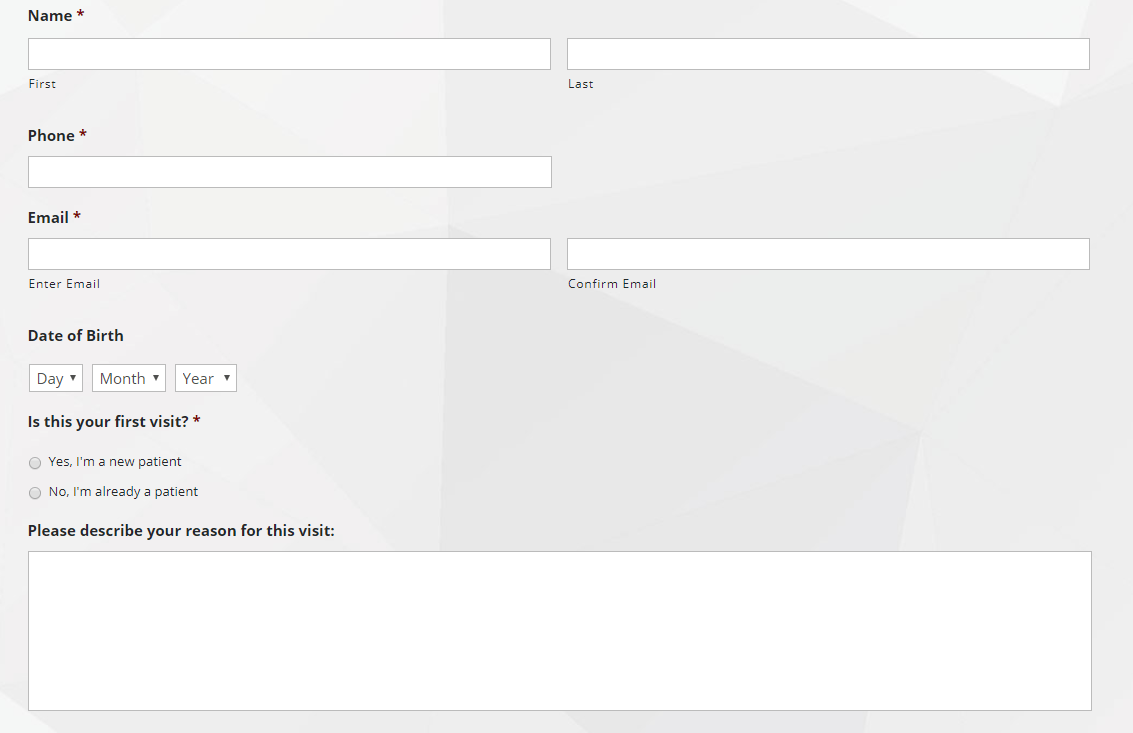
Embedding a form is the most convenient method but you can also use a free tool like Calendly so customers can directly choose a time and date.
Final thoughts on dental copywriting
Dentistry is competitive.
Think about all of the other practices competing against yours.
How do you stand out? How do you win over patients?
By having excellent sales copy.
It’s a guaranteed way to stand out and convert more customers.
Firstly, sales copy needs to focus on the emotional and life impact services will have on the patient.
I’m talking about confidence, self-esteem, and living life with a new smile.
Next, expensive dental services will require longer copy and more information as customers will want to learn where their hard-earned money is going and that it’s a good investment.
Include images of customers to act as social proof and to show patients what the outcome will be.
Optimize your dentistry website for search engines with the right keywords, structure, and experience.
Then, lastly, clean up all of the required pages that I covered earlier.
Doing all of these things will get you more patients and ahead of competitors.
Contact me if you require a dental copywriter to help you.














